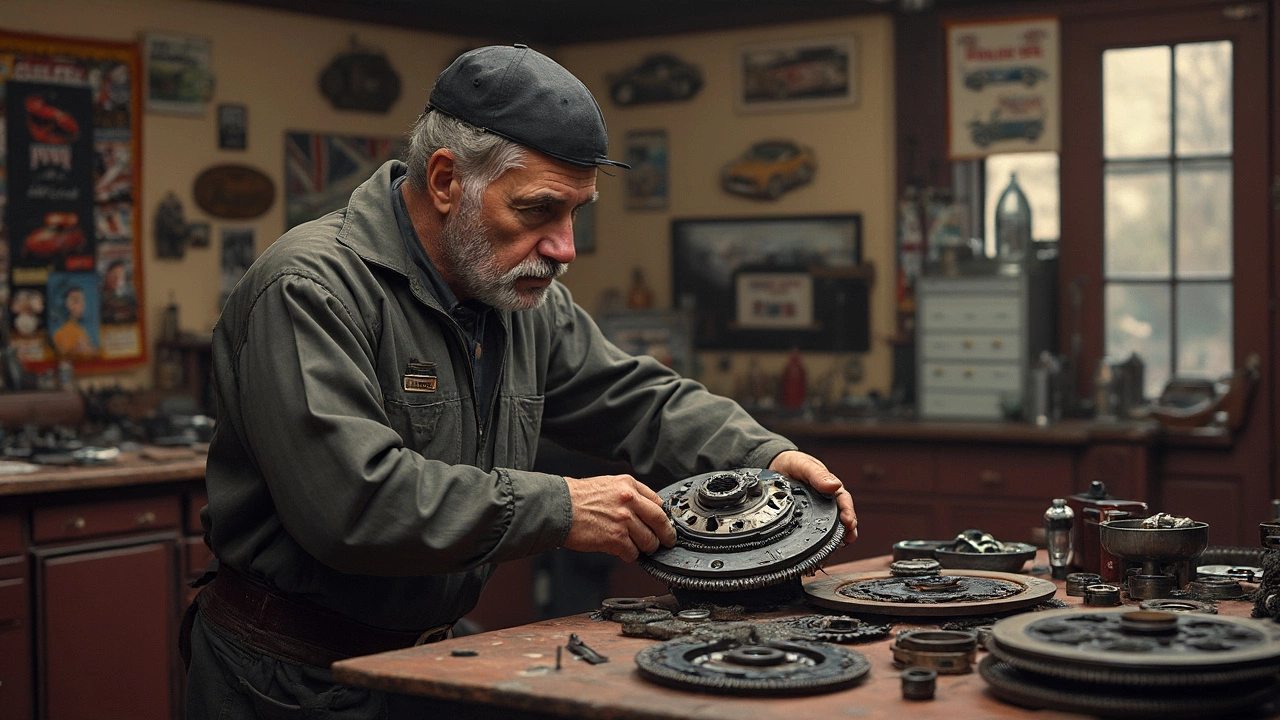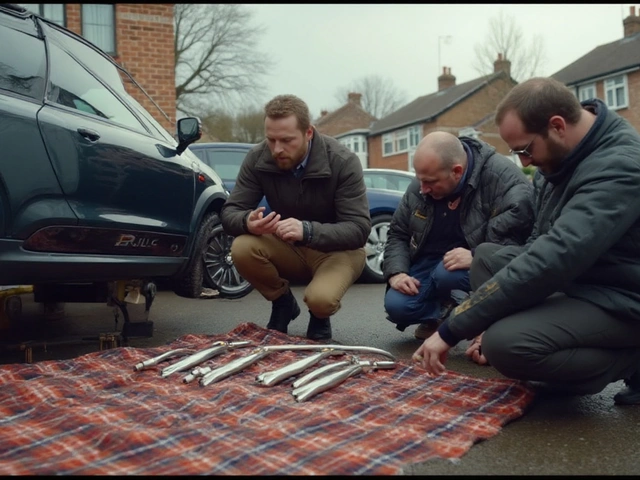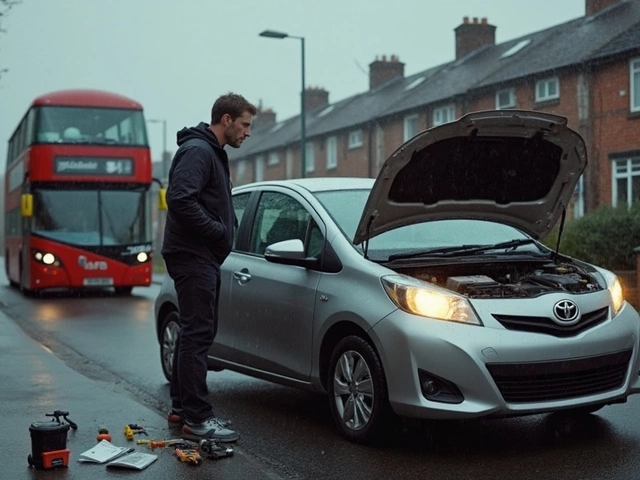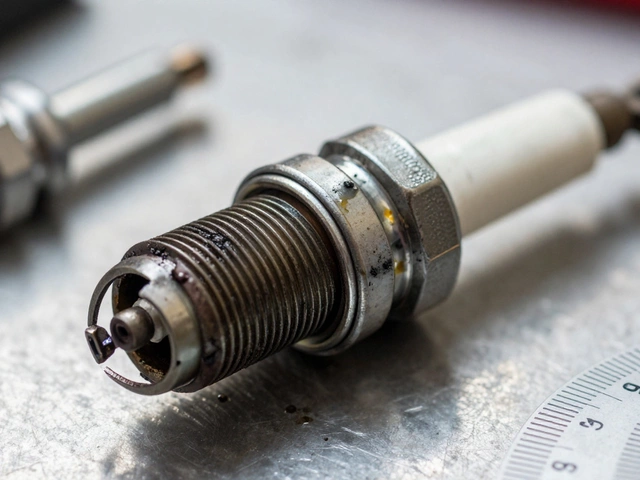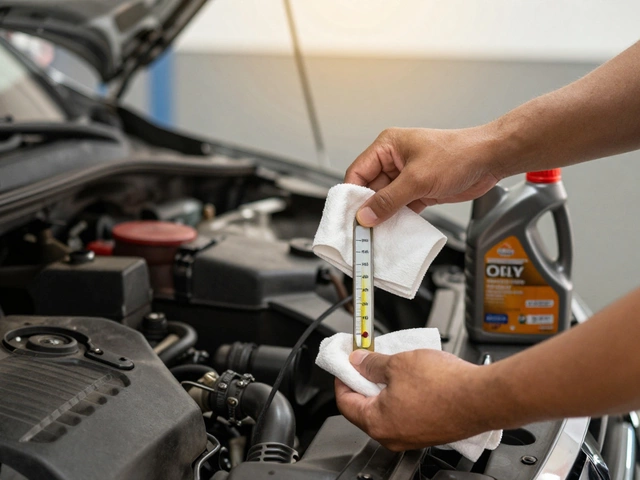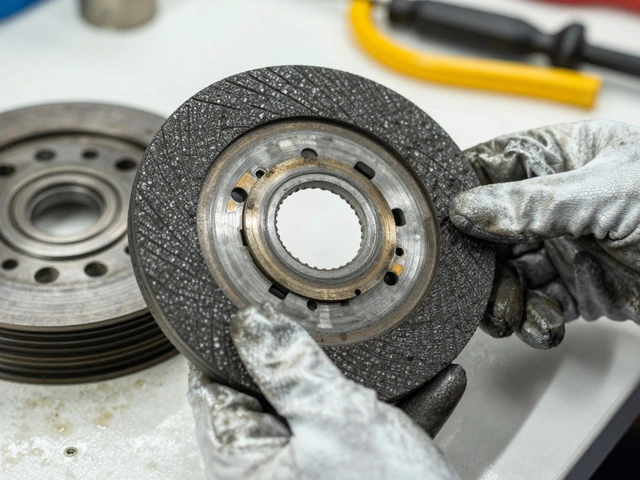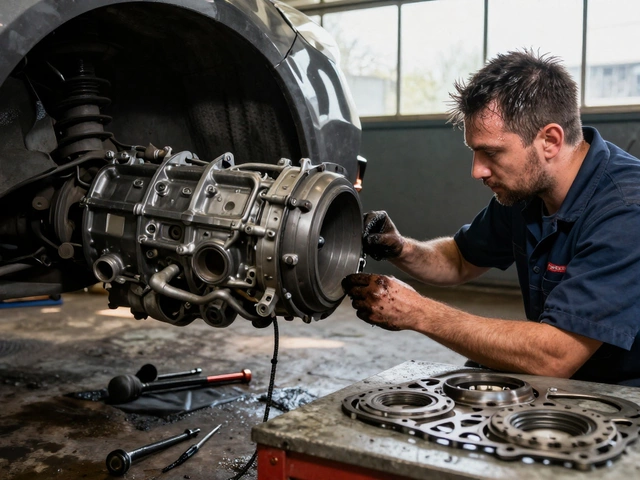Okay, so you're swapping out your car's clutch—big job, right? Don't just focus on the clutch and call it a day. Dig a little deeper while you’ve got everything apart. For starters, give that flywheel a thorough inspection. If it's warped or even slightly damaged, pop in a new one to keep everything running smooth.
And, don't overlook the pressure plate. Seriously, it's a key player in the whole clutch game. If it's worn out, your new clutch probably won't last as long as you'd hope. Consider it insurance for your clutch's future.
- The Importance of a New Flywheel
- Why You Shouldn't Overlook the Pressure Plate
- The Vital Role of the Release Bearing
- Small Components That Make a Big Difference
The Importance of a New Flywheel
So you're in the middle of a clutch replacement, and you're staring at your car's old flywheel. What's the deal with it? Well, it's not just a random metal disc. This guy's crucial for keeping the engine running smoothly and efficiently.
Over time, flywheels, like anything else, can get worn out. They endure a ton of stress every time you drive, and it's not just about looking for obvious damage. Even subtle things like grooves or hot spots can mess with how your new clutch performs.
While you’ve got everything apart, it really makes sense to replace a dodgy flywheel. If it’s not in top condition, your new clutch might not engage as smoothly as it should. Imagine investing time and money in a clutch, only to have it wear out because of a funky flywheel. Ouch, right?
Replacing this part isn't just about playing it safe; it's about optimizing performance. A fresh flywheel can actually improve your car's responsiveness and efficiency. Plus, with a fresh start, you’re more likely to avoid irritating vibrations or chatter when driving.
In the grand scheme of vehicle repair, swapping out an old flywheel can save you future headaches. It's a smart move, and honestly, your car will thank you for it.
Why You Shouldn't Overlook the Pressure Plate
Ever thought about the unsung hero of your clutch system? Yep, that's the pressure plate, and it's way more important than it gets credit for. Think of it as the muscle behind your clutch replacement, applying the right squeeze to keep things moving smoothly. If your pressure plate isn't doing its job, you can wave goodbye to a smooth ride.
So, how come it gets overlooked? Maybe because it kind of lurks in the shadow of the clutch disc. But trust me, they're like peanut butter and jelly—they work best together. If the pressure plate starts to wear out, you might notice slipping, and let's face it, no one wants their car to act like it's on a kiddie slide.
Here's what to watch for: cracks, hot spots, or any signs of wear. Basically, if it doesn't look pristine, it's a good idea to swap it out while you're already knee-deep in your vehicle repair. A fresh pressure plate can also mean fewer surprises down the road, like sudden loss of pressure or clutch engagement issues.
Paying attention to this now means you won't have to deal with the hassle of unnecessary breakdowns later. So, when you're thinking about which parts to replace, don't skimp on the pressure plate—your future self will thank you!
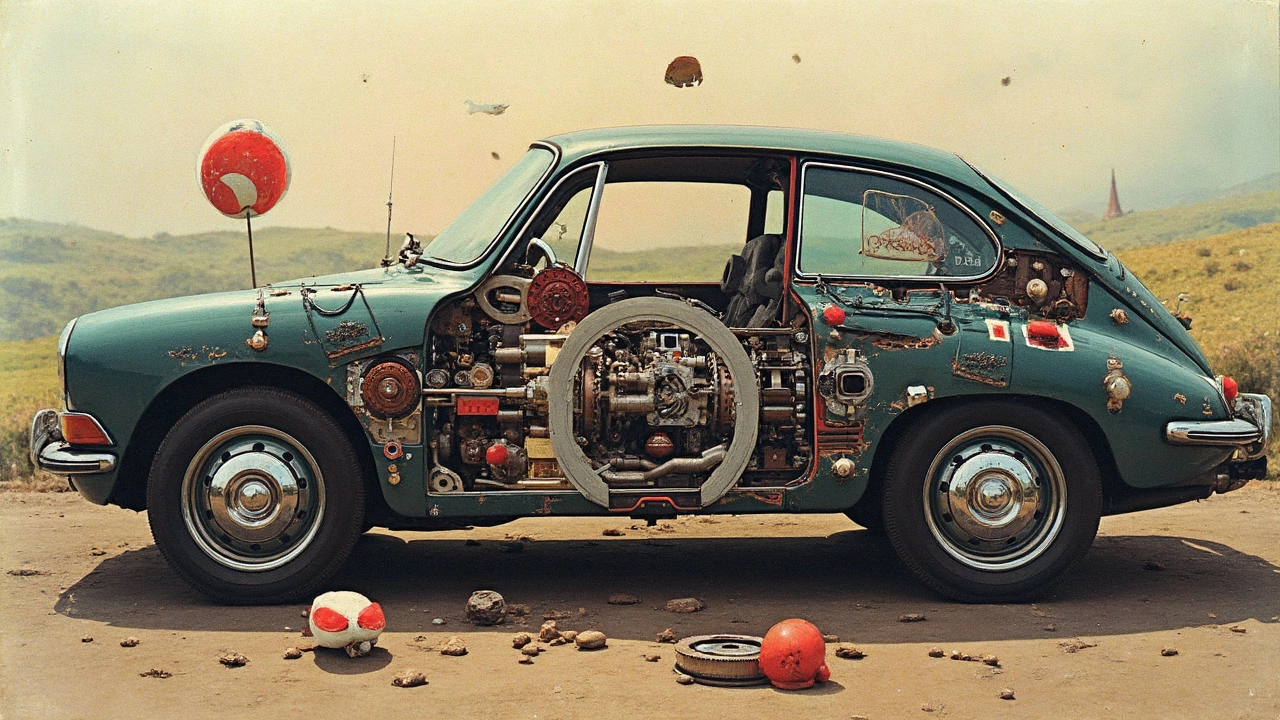
The Vital Role of the Release Bearing
So, you've tackled the big stuff like the clutch itself and maybe even a new flywheel, but let’s not forget about the release bearing. This little guy might not look like much, but it's absolutely essential for smooth clutch operation.
The release bearing's main job is to disengage the clutch when you press the pedal. Every time you shift gears, this bearing reduces the noise and vibration that can ruin an otherwise silky-smooth drive. If it's worn or failing, you'll likely experience some annoying rattles or even gear shifting problems.
Replacing the release bearing whenever you're doing a clutch job can save you from unnecessary headaches down the road. Imagine forking out more cash later because this tiny part was overlooked. Not fun, right?
An interesting tidbit is that release bearings have evolved over the years to be more durable and efficient. However, they still undergo a lot of wear and tear since they’re in constant action whenever the pedal is pressed down. That's why pairing your new clutch replacement with a fresh release bearing is just smart maintenance.
While you're at it, a quick tip: Since you're already digging into the clutch system, check out the condition of the clutch fork and pivot point. These parts also work together with the release bearing, and making sure they're in great shape will help avoid any future disturbances in your driving experience.
Small Components That Make a Big Difference
When you're knee-deep in a clutch replacement, it's tempting to overlook the small stuff. But here's the deal: these little parts can mean the difference between a smooth ride and a headache down the road. Getting them right can save you a ton of trouble later.
First off, let's chat about bushings. They're tiny but mighty, cushioning the clutch pedal's connection to the rest of the system. If these are worn down, you might feel a crunchy sensation every time you change gears. Swap them out when you're doing a clutch kit overhaul, and your shifting will feel like a brand-new dream.
Then there are the seals. Honestly, these overlooked components can prevent a world of leakage issues. Oil seeping onto your new clutch? That's a disaster waiting to happen. Make sure the seals—like the rear main seal and transmission input shaft seal—are in top shape or replace them entirely.
| Component | Potential Issues |
|---|---|
| Bushings | Gear shifting problems, noise |
| Seals | Oil leaks, clutch contamination |
Another small part worth your attention is the pilot bearing or bushing. Its job? Holding the transmission input shaft steady. If this little buddy is shot, it could lead to vibrations and wear down your new clutch faster than you'd like.
So, as you're ticking off your list in a vehicle repair project, remember to include these easily ignored heroes. They might not steal the spotlight like the clutch disc or flywheel, but they sure do a ton of work behind the scenes to keep everything running smoothly.
